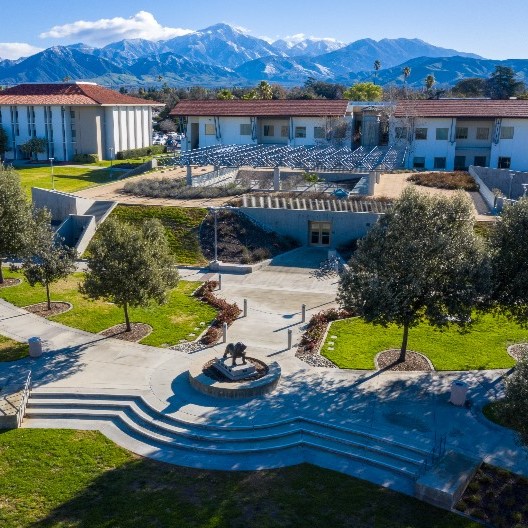Find us on campus

Lewis Hall

The spatial studies minor is an interdisciplinary program focused on how the use of two- and three-dimensional representations of information can help us understand the world and find solutions to complex challenges. Through hands-on work with mapping tools and spatial data, you'll learn how to visualize and interpret location, distance, direction, movement, and change through space. These skills will prepare you to identify patterns and connections that lead to more informed decisions.
By taking select courses from departments across the university, you'll develop a strong foundation in spatial literacy and gain experience approaching problems from a broader point of view. This minor will empower you to apply spatial thinking in meaningful ways throughout your academic, personal, and professional life.
At Redlands, the spatial studies minor is intentionally designed to complement any major. Whether you're studying business, history, chemistry, or religious studies, spatial thinking will deepen your understanding of your field and expand what you can do with your degree. As demand rises for professionals who can think spatially, this minor helps you build practical skills that set you apart in today's job market.
With Redlands' strong connection to Esri, the global leader in GIS technology headquartered just minutes from campus, you'll gain unique exposure to the field and access to networking, internships, and career opportunities. In your coursework, you'll learn to use ArcGIS, Esri's leading mapping software used by professionals around the world. These experiences ensure you will graduate ready to adapt to change, lead with spatial insight, and make an impact in your chosen career.
To complete the spatial studies minor, you'll take six courses totaling 22-24 credits, including two core spatial courses and four electives selected from a diverse range of programs across the university.
Complete two of the following core courses:
Complete four elective courses, selected from at least two of the following elective categories:
At least two of the electives must be taken at the 200-level of higher.
* Eligible if instructor includes spatial content
Appropriate additional courses from a variety of departments may be counted toward the SPA minor. To be eligible, a course must include significant attention to spatial studies in an explicit, rather than implicit, fashion. Students should discuss the potential of a course counting toward the minor with the instructor as early as possible (ideally, before the course has begun) and negotiate special assignments or projects in consultation with the instructor and the Spatial Studies Advisory Committee. Negotiable courses must be approved by the Advisory Committee for credit toward the minor.
Although not required, a Senior Story Map Spatial Portfolio is highly recommended to showcase your work and to use as a resume piece. See your SPA minor advisor for details.

Lewis Hall

At Redlands, our students’ success is at the heart of everything we do. We offer experiential learning opportunities, but our CORE Four initiative takes that commitment to a deeper, intentional level. More than a set of experiences, the CORE Four is a framework for transformation. Learn more about how students can prepare for their academic journey.